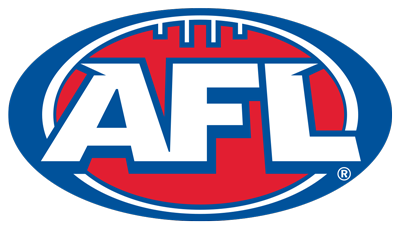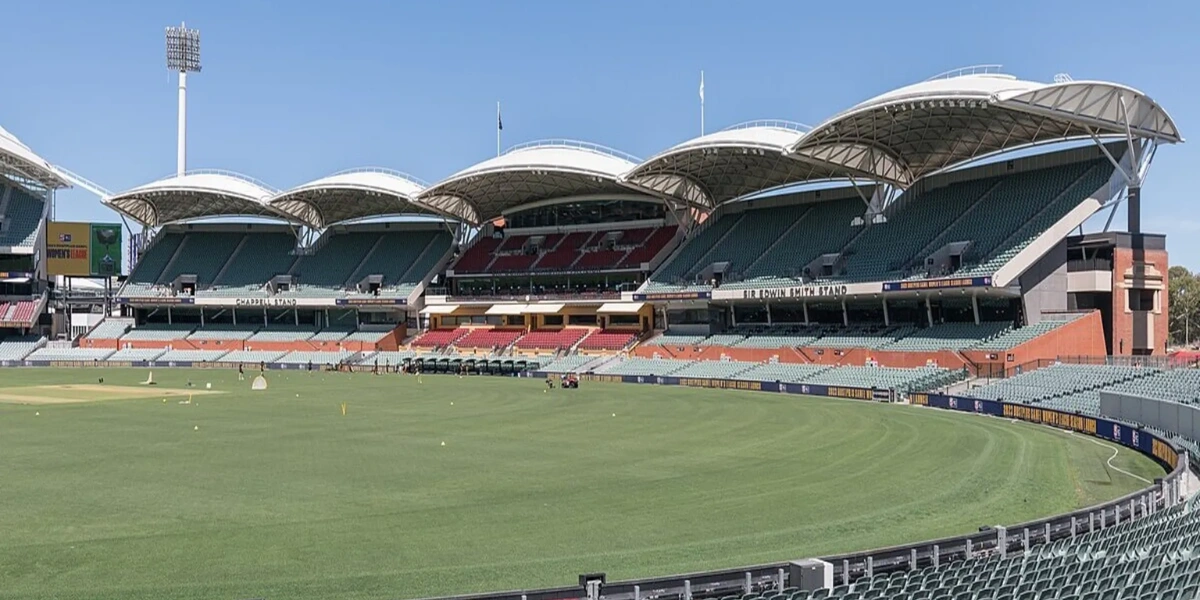Adelaide Oval Stadium
Last updated on July 25, 2024 at 14:27 pm
Posted on July 25, 2024 at 13:59 pm
The evolution of Adelaide Oval showcases its transformation from a historic venue to a modern, multipurpose sports facility. Established in 1871 through an Act of Parliament, Adelaide Oval underwent several developmental phases.
Initial construction included a switchback roller coaster in 1888 and a picket fence around the playing surface in 1900. Over the years, significant milestones such as the construction of the Sir Donald Bradman Stand in 1990 and the installation of lights for night sports in 1997 marked its transformation.
These developments, alongside the establishment of the Adelaide Oval Stadium Management Authority in 2009, set the stage for the continuous growth and enhancement of this iconic sports venue.
Construction
The construction of Adelaide Oval involved significant costs, with investments totaling millions over the years. These endeavors had diverse impacts on the stadium, transforming it into a modern, multipurpose facility.
The opening of various stands and infrastructure enhancements marked key milestones in the evolution of Adelaide Oval.
Cost
The construction of the redevelopment projects at Adelaide Oval involved a significant financial commitment from various stakeholders to enhance the stadium’s facilities. The Adelaide Oval redevelopment cost was approximately $535 million, with funding coming from the South Australian Government, Australian Government, South Australian Cricket Association (SACA), and the South Australian National Football League (SANFL). The project aimed to transform the Oval into a world-class, multi-purpose sports stadium, capable of hosting a variety of events. The table below highlights the approximate breakdown of the costs incurred during the redevelopment:
Impacts
Amidst the ambitious redevelopment projects at Adelaide Oval, the construction phase brought forth significant impacts that reshaped the stadium’s infrastructure and capabilities.
The redevelopment efforts focused on retaining significant portions of old stands while enhancing structural facades and infrastructure. The Western grandstand, redeveloped in 2010 with the State Government clearing SACAs $85 million debt, marked a pivotal moment in the stadium’s modernization.
Infrastructure enhancements, such as the pedestrian bridge across River Torrens, further improved accessibility for spectators. These construction impacts not only modernized the Adelaide Oval but also increased its capacity to host a diverse range of sporting events, setting the stage for a new era in the stadium’s storied history.
Opening
The successful completion of the ambitious construction projects at Adelaide Oval marked a significant milestone in the evolution of the stadium’s infrastructure and capabilities.
Introduction of state-of-the-art lighting systems for night sports events.
Creation of world-class media and broadcasting facilities.
Installation of cutting-edge audio-visual technology for an enhanced spectator experience.
Incorporation of sustainable and eco-friendly design elements.
Integration of modern safety and security features to guarantee the well-being of attendees and participants.
Development
Undergoing a series of strategic renovations and expansions, Adelaide Oval has experienced a remarkable evolution in its development over the years. From the establishment in 1871 to recent expansions, the Oval has seen significant redevelopment milestones like the Sir Donald Bradman Stand in 1990, lighting for night sports in 1997, and the Chappell Stands in 2003.
Plans in 2008 to expand capacity to 40,000 led to a $450 million commitment for a multi-purpose sports facility in 2010. The Adelaide Oval Stadium Management Authority (AOSMA), established in 2009, played a crucial role in overseeing operations and completing projects such as the new Western stand in 2010. These developments have transformed Adelaide Oval into a modern, world-class sporting venue.
Ownership
The current ownership structure of Adelaide Oval, with the Adelaide Oval Stadium Management Authority (AOSMA) as a joint venture of SACA and SANFL, plays a pivotal role in the management and strategic direction of the iconic sporting venue.
AOSMA oversees day-to-day operations and major decisions at Adelaide Oval.
SACA and SANFL collaborate to make certain the venue meets the needs of both cricket and football.
Joint ownership guarantees a balanced approach to scheduling events and maintaining the historic significance of the Oval.
AOSMA’s involvement ensures that the venue remains a premier destination for sporting events in South Australia.
The partnership between SACA and SANFL emphasizes the importance of collaboration in managing a multifaceted sports facility.
Australian Rules Football
Adelaide Oval’s historical evolution and modern infrastructure have positioned it as a prominent venue for Australian Rules Football events. The oval’s adaptability to different sports is evident in its layout adjustments post-redevelopment. The oval dimensions were changed to 183m x 134m, catering better to Australian Rules Football requirements.
The drop-in pitch introduced in 2013 improved the playing balance, creating a dynamic experience for athletes and spectators alike. The spectator stands offer varying perspectives, with the Riverbank stand providing views of the picturesque River Torrens. The Eastern stands, known for their lively atmosphere, accommodate 19,000 spectators and add to the excitement of Australian Rules Football matches.

